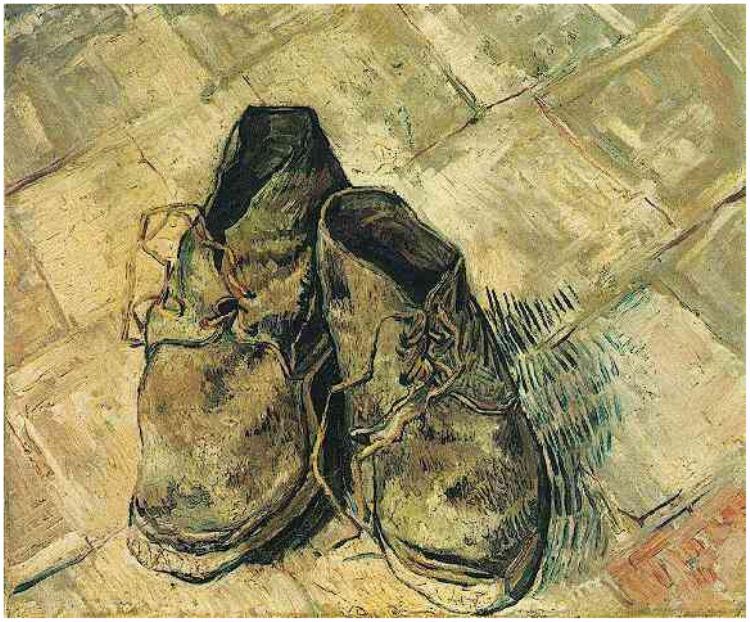Closing Remarks
But to Be Untangled in the Real World

"And I can't work without a model. I'm not saying that I don't flatly turn my back on reality to turn a study into a painting — by arranging the colour, by enlarging, by simplifying — but I have such a fear of separating myself from what's possible and what's right as far as form is concerned. [...] But in the meantime I'm still living off the real world. I exaggerate, I sometimes make changes to the subject, but still I don't invent the whole of the painting; on the contrary, I find it ready-made — but to be untangled — in the real world." - Vincent van Gogh to Theo van Gogh, October 5, 1888.
As we have addressed throughout our time together, some fatal flaws in innovation efforts are those which work without a "model," that is to say those efforts which are artificially synthesized as opposed to being found and untangled in the real world.
The Ten Types of Innovation is a readily accessible framework to help us better refine and hone our strategies by further forcing us to apply a strategic lens. If we think of the Cognitive Map as representing the context in which our innovation will function–'the real world model'–then the Ten Types allow us to further refine and untangle our strategy.
Through taking on and truly engaging in the process of researching, mapping, testing, and crafting our initial strategies, we may begin to 'untangle the real world.' Perhaps most importantly, we will take what is, for some, a random and sporadic process of innovation, and instead understand where we are taking risks and where we are not. This may seem like a trivial detail, but it allows us a far more detailed and strategic view of our landscape.
For example, we may elect to choose what is a relatively gray space, and what is already a well-established path on the Map, and approach the initiative using a completely unique set of innovation types (e.g., Amazon's early days as an online bookstore). We may choose to take on what is a white space, build a substantially new path on the Map, and apply more time-tested and proven innovations (e.g., selling and marketing a product innovation through an existing model).
In each case, because we are able to layer the models, we know where we are being aggressive and taking risks, and where we are being a bit more conservative. Knowing that our innovation will likely go through rounds of refinement in the market, knowing how we can "twist the dials," so to speak, allows us paths for intelligent refinement.
Creating Meaning in the Real World, From the Real World
To refresh ourselves, our goals for this week's Lesson are to:
- discern the ten types of innovation and how they may be blended;
- assess how the ten types of innovation may be paired with white-gray-black space thinking to unearth potential innovation platforms;
- integrate the ten types of innovation onto Cognitive Maps to provide additional strategic opportunities.
To these ends, this week's assignment will build on our last two weeks' efforts to create another view by which we may 'untangle the real world.'